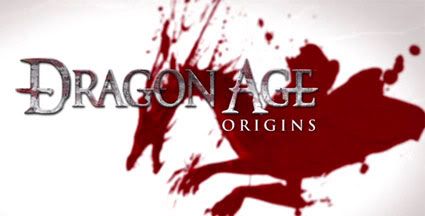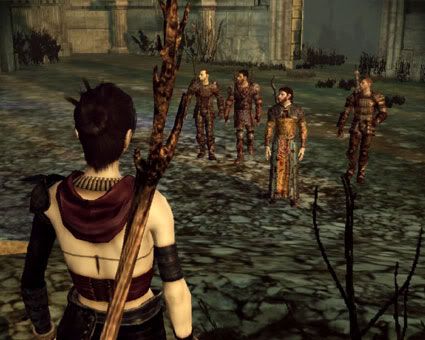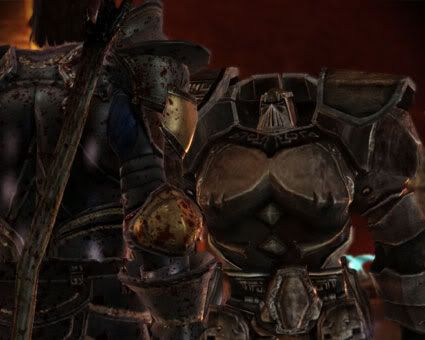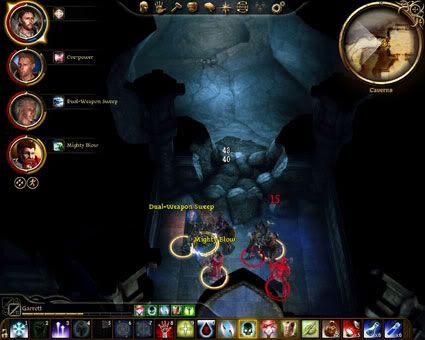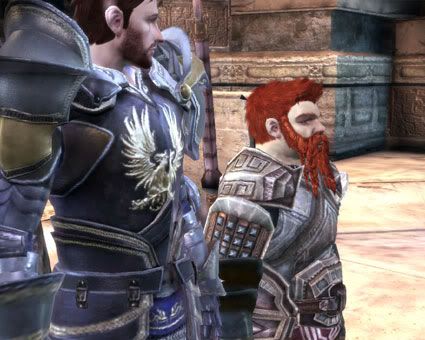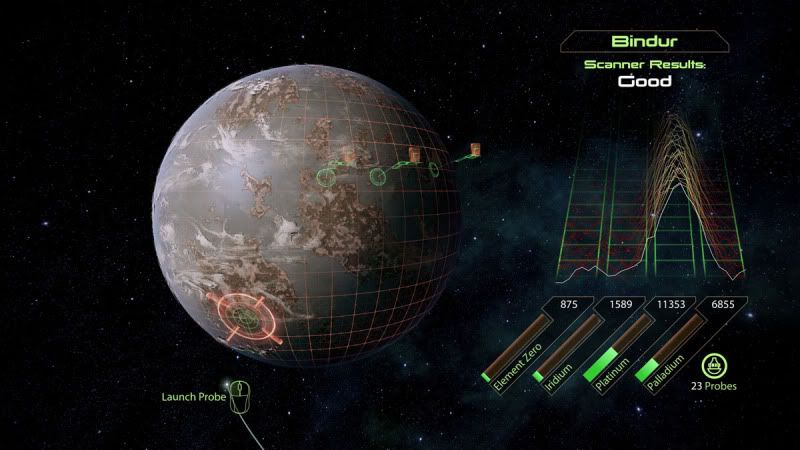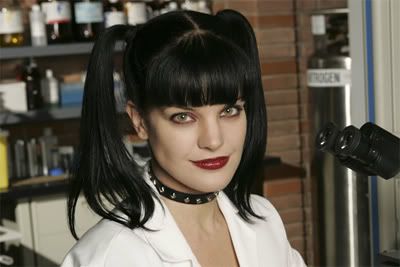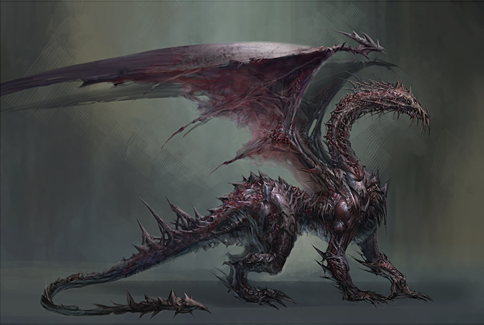
[audio:http://www.blueinkalchemy.com/uploads/sneakers.mp3]
If some of the screenwriters and directors in Hollywood are to be believed, computers are magical devices. Hook yours up to a wall socket, type really fast, and hey presto, the Pentagon’s your bitch. Some hackers out there are so good they can do this while being held at gunpoint, or shall we say ‘pleasured’ by a hot blonde or even both. Of course, computer networks really don’t work like that, especially high-profile governmental and military targets. It takes quite a few elements to breach the security of even pedestrian marks such as banks and research labs, from tapping phone lines to bluffing your way past the front desk. For a great cinematic example of how this sort of thing really works, as well as one that ages well, look no further than a little 1996 film called Sneakers.
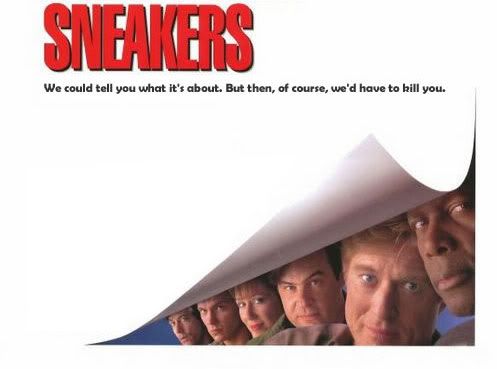
When he was in college, Martin Brice and his buddy Cosmo played digital Robin Hoods, hacking into the financial resources of prominent jerkass politicians to redistribute their wealth to people who need it – the National Organization to Legalize Marijuana, for example. One of their attempted hacks gets Cosmo caught while Martin was able to flee the country, due to a rather serendipitous pizza run. Years later, Martin’s operating (under a nom de plume) a small group of misfits called a ‘tiger team’ which basically puts security systems through acid tests. The team consists of an ex-CIA operative, a conspiracy theorist technical adept, a blind man who’s a consummate phreak due to great hearing and a juvenile delinquent genius. Everything is going swell until a couple of shady NSA agents contact Marty, call him by his old name and tell him that he needs to steal something for them if he wants to stay out of jail. …And that’s all I’m gonna tell you.
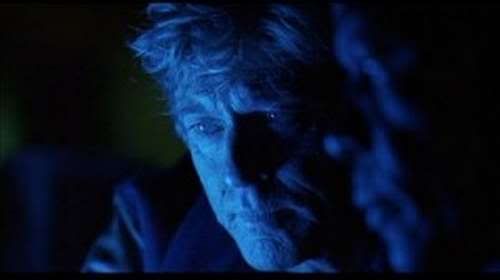
Michael Weston was taking notes from these guys.
There are some specific dates given over the course of the film that would normally cause it to feel too dated. However, the charisma of the team’s members, the whip-smart writing and the very nature of the capers helps the story not only age well but remain grounded and therefore more interesting to watch. The quasi-magical nature of computers in, say, Hackers is replaced with practical and mostly realistic things such as directional microphones, motion sensors sensative to body temperature and careful planning. When computers and encryption do get involved, the underlying math is not only explained but shown, giving the elements weight and helping them serve the story rather than dazzling us from seeing story weaknesses with flashy graphics and ludicrous jargon.
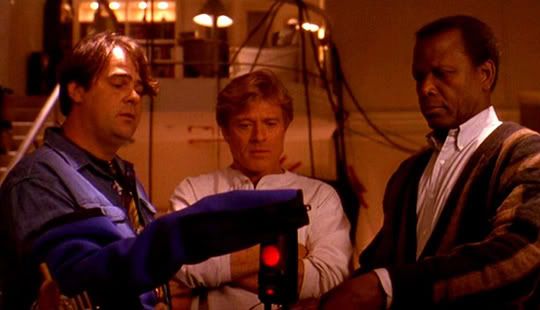
“Check it out, Marty, it’s the latest in ‘I don’t want to get my head blown off when the mooks find me here’ fashion.”
While there are some weaknesses in the story – the way in which things appear after they’ve been hacked, for instance – they’re not bad enough to break the film’s flow. Rather, they’re smoothed over by some great performances. Robert Redford is one of the consummate leading men of both my generation and that of my parents. Sydney Poitier’s stoic, cautious nature is played beautifully against the manic mind of Dan Akroyd. The late River Phoenix aquits himself very well as the youngest member of the team, while David Straithairn convincingly shows how a blind man would operate in these situations and how valuable he is in spite of his disability. Mary McDonnell is remarkable as Marty’s Girl Friday and Ben Kingsley pulls off being both charming and menacing with ease. And all of these front-line well-rounded actors work with a script that never seems to fall flat or even miss more than one or two steps.

Okay, the film is a little dated. That mainframe behind those two could probably fit on an iPhone now.
If I were asked to describe Sneakers in one word, I’d likely have the same reaction I do when I see someone slapping an aribtrary numerical score onto a review (which involves some very unpleasant indigestion) but the word I’d end up using after downing some Pepto-Bismol is “intelligent.” The film’s premise, mechanics, relationships and even humor never feel dumbed down or half-assed. It’s not the kind of movie that talks down to its audience, which can be rare given some of the pedantic fare running around the local cinema. Still, this braininess means that it’s focused more on character development and concept exploration than sex and violence, which means that some of the twitchy attention-deficit action junkies might consider this film too ‘boring’ and file it away with Empire Strikes Back or Gattaca while they clamour for the Avatar sequel. If you want to watch a caper film that’s every bit as funny as any of the recent Ocean’s Insert Incremental Number Here films while being at least a few notches smarter, Sneakers is waiting for you on the Netflix streaming service, and I’m pretty sure you’re going to enjoy it. Otherwise, Halo:Reach still isn’t due out until autumn. Sorry to be the bearer of bad tidings, there.
Josh Loomis can’t always make it to the local megaplex, and thus must turn to alternative forms of cinematic entertainment. There might not be overpriced soda pop & over-buttered popcorn, and it’s unclear if this week’s film came in the mail or was delivered via the dark & mysterious tubes of the Internet. Only one thing is certain… IT CAME FROM NETFLIX.

